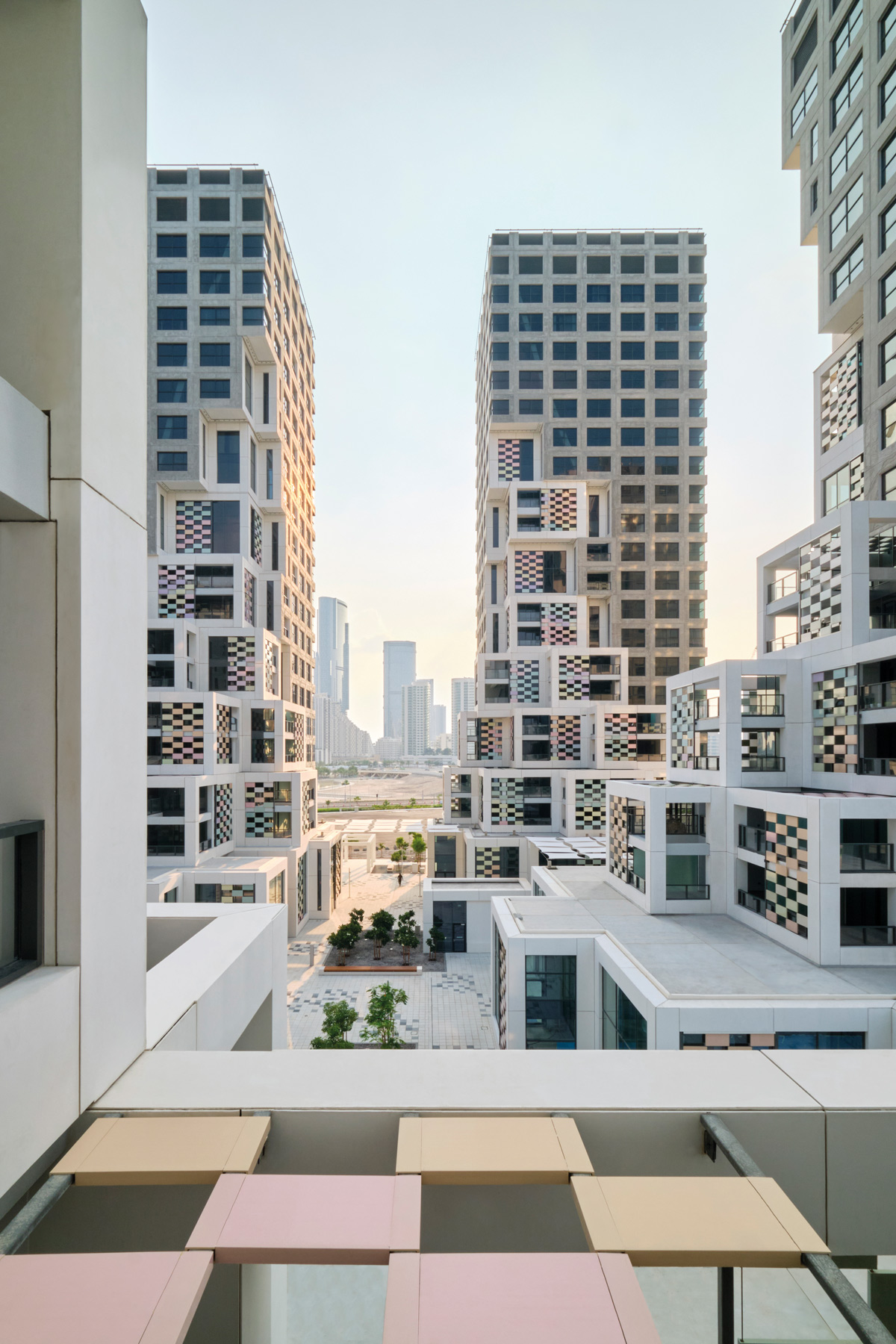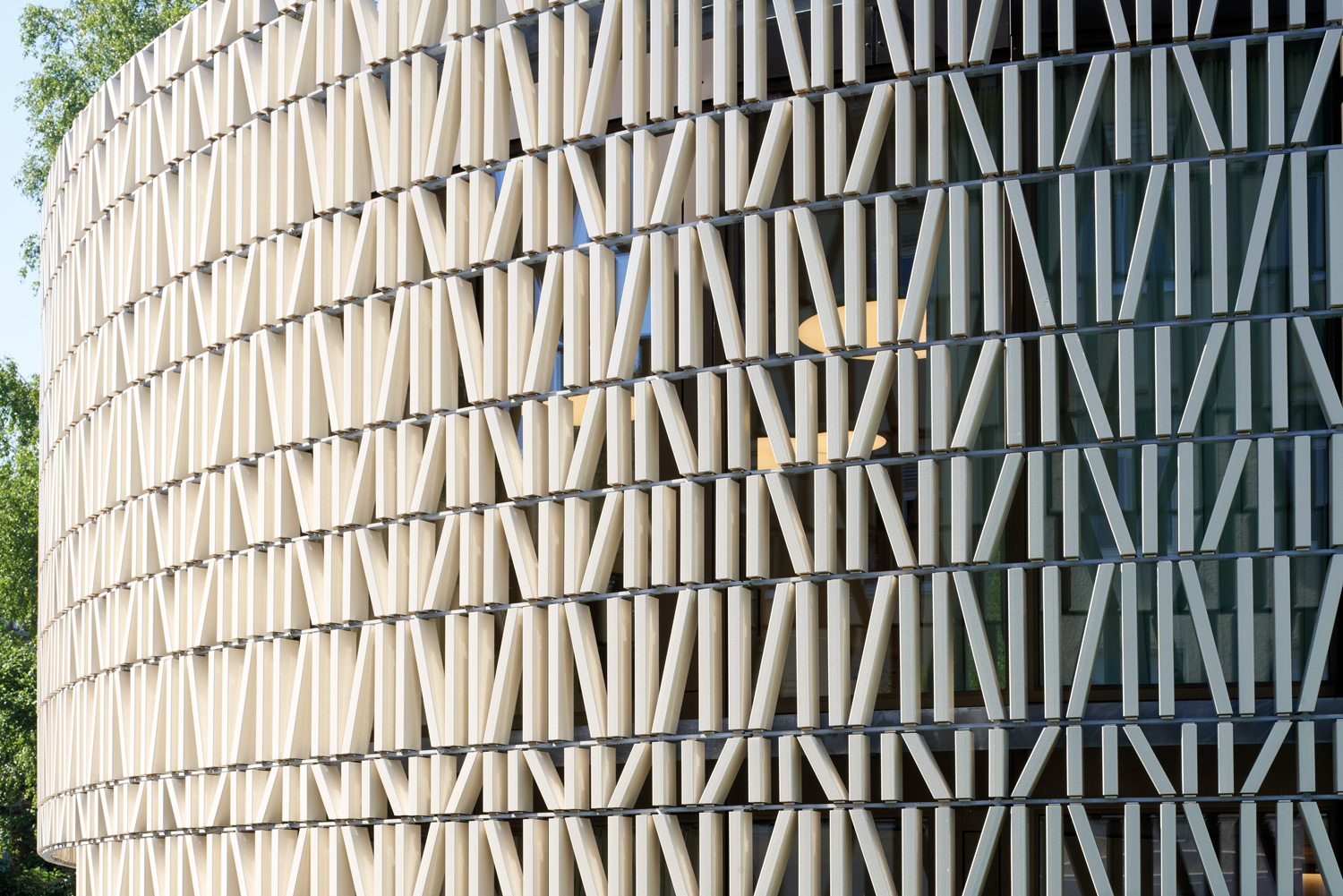Weather Protection

Brick material has an unlimited service life. It resists all environmental influences and requires no maintenance of any kind. Fired brick is colorfast and UV-resistant, so it won’t fade. Due to the extreme durability and weather resistance of the brick material, MOEDING facades can be used all over the world. Due to the firing process in the roller kiln at 1,200° degrees Celsius, the material is absolutely resistant to any environmental influences caused by strong sunlight or heavy rain, the cold or heat.
Extreme weather is increasing worldwide. Severe weather and heat pose ever greater challenges for planners. MOEDING systems offer solutions that ensure both sun protection and durability.
Back-ventilated facades with rainscreen cladding loose considerably less heat in winter and provide equally reliable thermal insulation in summer. In addition, they have a positive influence on the soundproofing effect of the external wall: the sound reduction index is increased. At MOEDING, we rely on the double-shell ceramic facade, which, in contrast to single-shell products, forms a stronger and thus more durable outer shell.
The BAGUETTES and SERATON® product types are explicitly suitable for sun protection. The tile elements can be used extremely flexibly, are very variable in shape and color and can serve as privacy protection, sun protection or to harmonise closed surfaces.
Impressive project examples show how BAGUETTES can function as an external slat system with integrated daylight control and protect rooms from overheating due to sunlight despite large glass surfaces. Adjustable ceramic slats prevent direct sunlight and allow natural light to pour in.
MOEDING ceramic facades are future-proof and extremely durable. They give buildings protection and security through a sturdy outer shell.

The newly developed SERATON® brick grid can protect rooms from the sun and flood them with light. The SERATON® tiles are clamped onto stainless steel cables and fixed with the help of stainless steel balls in such a way that the substructure remains invisible. As a result, brick tiles in different sizes, colors and arrangements can be lined up along a grid system, giving the outer shell a high degree of individuality. Larger gaps are also possible to achieve different degrees of permeability. This possibility of sun protection can be used not just along the facades, but also as a roof construction, as the impressive Pixel project in Abu Dhabi (left) shows.

